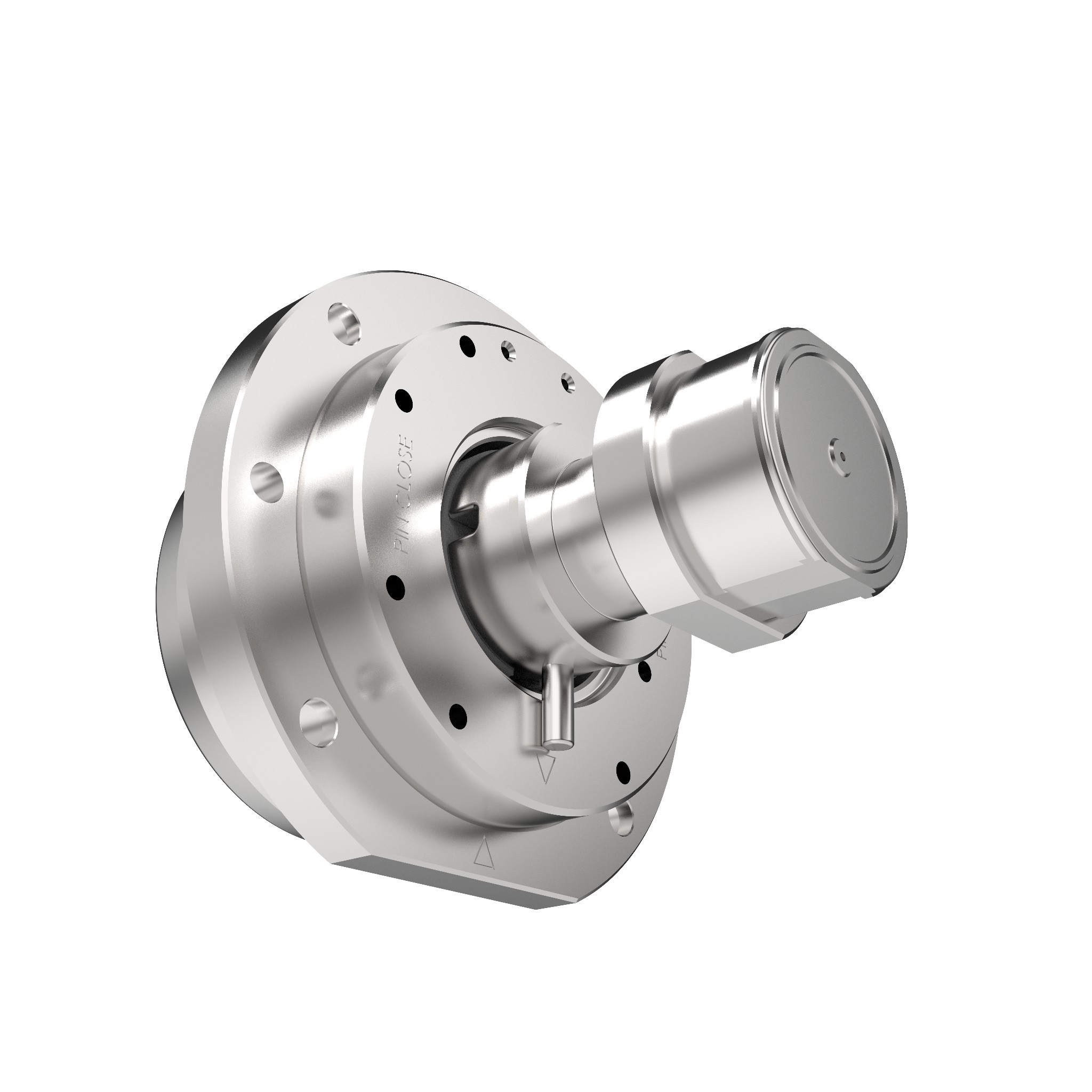The Liquid Silicone Rubber (LSR) Injection Molding Process: A Step-by-Step Overview
In many ways, liquid silicone rubber (LSR) revolutionized the injection molding industry by offering a cost-effective and easier-to-process alternative to traditional silicone compounds.
Compared to conventional silicone rubbers, LSR materials retain a number of superior physical and mechanical properties. For many specialized applications, such as injection molded medical devices, LSR materials rival the best thermoplastic elastomers (TPEs) in both performance and quality of the end product.
Due to the unique material properties of the liquid rubber material, LSR injection molding integrates some special processes to ensure production efficiency and consistency. In other words, using the least amount of material and cycle time possible while ensuring the highest quality results.
As one of the injection molding industry’s leading manufacturers of hot runner systems and related equipment, Polyshot is well-versed in the LSR molding process. Below, we’ve created an overview of how LSR injection molding works along with some of the advantages it can offer to your end products.
Liquid Silicone Rubber Injection Molding Explained:
LSR Material
Liquid silicone is a unique platinum-cured rubber material, which typically gives it improved tensile strength and elongation properties compared to competing peroxide-cured rubbers. However, for manufacturers, the major advantage is the elimination of peroxide residue in the injection molding process, which otherwise tends to cause scaling on the mold surface, thus requiring more cleaning and maintenance.
The LSR Injection Molding Process:
- Material Preparation and Mixing – LSR is typically supplied in two separate components: a base and and a curing agent. Colorants or other additives such as stabilizers or flame retardants can also be incorporated. The two components are precisely metered and mixed in a static or dynamic mixing system before the material is fed into the injection molding machine.
- LSR Injection Molding – Just as with conventional injection molding, a screw conveys and preheats the LSR material. Precise control of temperature in the barrel ensures that the material flows optimally and that curing doesn’t begin prematurely. The relative low viscosity of the heated LSR material ensures it fills intricate geometries effectively, ultimately resulting in precision molded parts.
The Advantages of LSR Injection Molding Services:
- Minimum Material Waste – LSR injection molding offers an inherently efficient material utilization which reduces scrap rates. That’s largely due to the material’s optimal flow properties, efficient heating/curing, and careful process controls.
- Precision Injection Molded Parts – For many difficult-to-mold product applications, LSR injection molding helps manufacturers maintain tight tolerances. That makes the process more suitable for high-precision industries such as medical and electronics devices.
- Quick Cycle Times – The efficient heating and cooling of LSR material helps to reduce cycle times. That makes for a more cost-effective process, especially as production volumes increase.
- Efficient Overmolding and Insert Molding – LSR injection molding can be effectively utilized in overmolding and insert molding product applications.
Quality Injection Molding Solutions Since 1989
Polyshot Corporation specializes in the development of advanced hot runner systems to injection molding companies worldwide. Backed by more than 35 years of innovation and experience, our company continues to help our customers remain at the cutting edge of industry.


